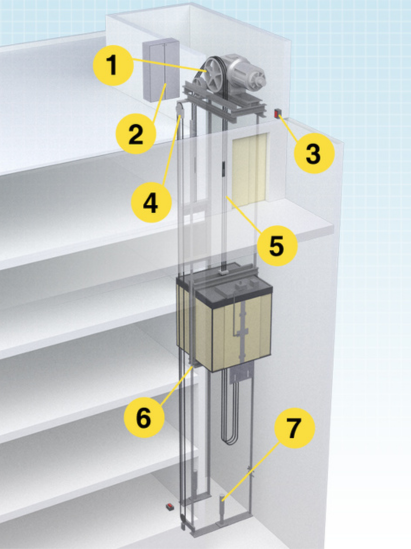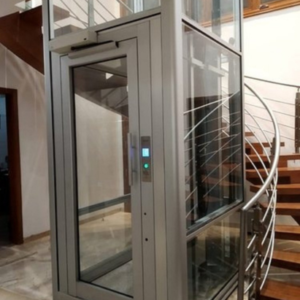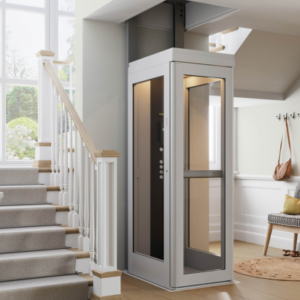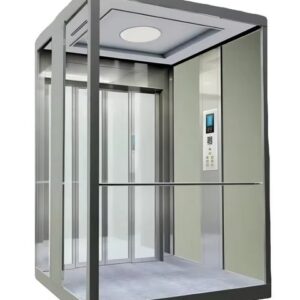Machine Room Elevator Lift
A machine room elevator lift is a traditional elevator system that requires a separate room to house the motor and control system. It ensures smooth operation, high load capacity, and easy maintenance. Commonly used in commercial and residential buildings, it provides reliable vertical transportation with enhanced safety and long-term durability.
Product Description
Machine Room Elevator Lift
A machine room elevator lift is a traditional elevator system that requires a dedicated machine room to house essential components like the motor, control panel, and drive system. These elevators have been widely used in commercial, residential, and industrial buildings due to their reliable performance and ability to handle heavy loads. The presence of a separate machine room allows for easy maintenance and servicing, making them a preferred choice for high-rise buildings and large establishments.
Design and Functionality
Machine room elevators are designed with a dedicated space that houses all mechanical and electrical components. The machine room is typically located above the elevator shaft or in the basement, depending on the building’s structure. This design ensures that the elevator operates efficiently without taking up space within the shaft itself. The additional room provides better ventilation and cooling for the motor, which enhances the longevity of the system.
These elevators function using different drive mechanisms, including traction and hydraulic systems. Traction elevators use steel ropes and counterweights to move the elevator car, while hydraulic elevators rely on fluid pressure to lift and lower the cabin. The choice of system depends on the building’s height and load requirements.
Performance and Efficiency
Machine room elevators are known for their smooth performance and high efficiency. Since the motor and control systems are housed separately, they can be optimized for better speed, load capacity, and durability. These elevators are capable of handling heavy-duty operations, making them ideal for commercial spaces such as malls, office buildings, and hospitals.
While they consume more space compared to machine roomless (MRL) elevators, machine room elevators often provide better speed and capacity. They can accommodate more passengers and goods, which makes them suitable for places where frequent and high-volume transportation is required.
Maintenance and Safety
One of the significant advantages of a machine room elevator is ease of maintenance. Since all major components are housed in a separate room, technicians can access them without disturbing the elevator shaft. This simplifies repair work and reduces downtime. Additionally, machine room elevators are known for their long lifespan, as they operate with lower strain on the motor and components.
Safety is a key consideration in elevator systems, and machine room elevators come equipped with advanced safety features. These include emergency stop mechanisms, overload sensors, automatic rescue devices, and fire-resistant materials. Having a dedicated machine room also allows for better monitoring and control of the system, ensuring reliable and secure operation.
Suitability for Different Applications
Machine room elevators are used in various settings, from residential buildings to commercial high-rises. They are commonly found in shopping malls, hotels, hospitals, and office towers due to their high load capacity and durability. Their ability to transport both passengers and heavy goods makes them a versatile solution for many industries.
Although newer technologies like MRL elevators are becoming popular, machine room elevators remain a preferred choice for buildings that require high-performance elevators with reliable operation. Their proven efficiency, ease of maintenance, and ability to handle large capacities make them an essential part of modern infrastructure.













Reviews
There are no reviews yet.